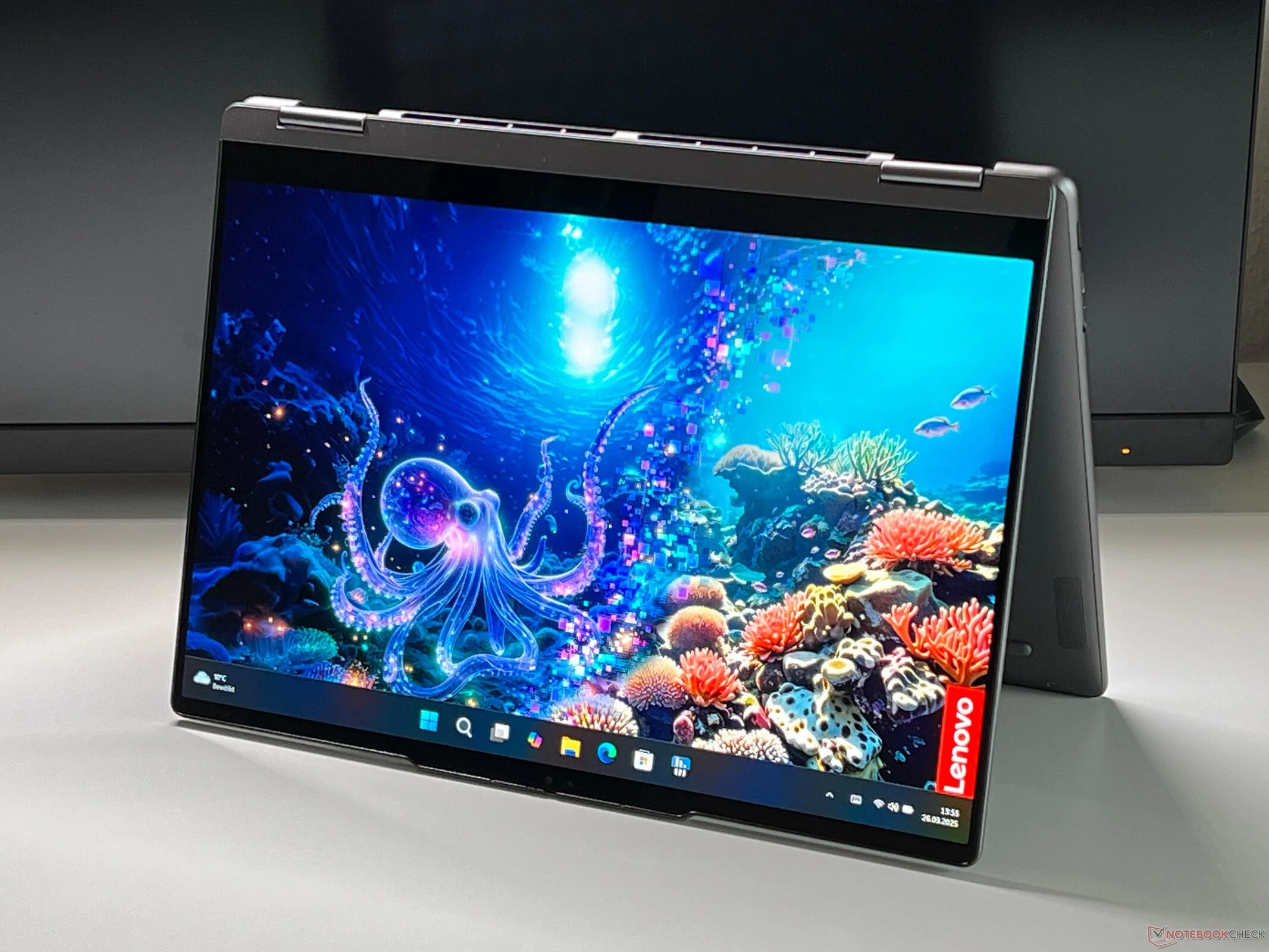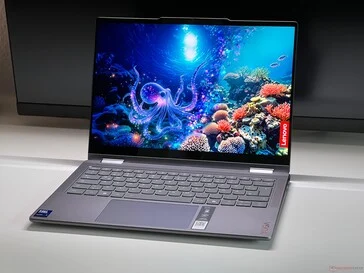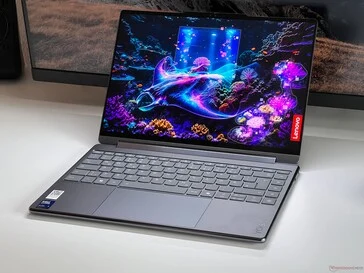Key Takeaways
1. OLED technology is now available in mid-range laptops, like the Lenovo ThinkPad T series, expanding beyond premium models.
2. The Lenovo ThinkPad P14s Gen 6 AMD presents a choice between an OLED display and a powerful AMD Ryzen 9 processor, but not both.
3. There seems to be no technical reason for the limitation of not pairing the OLED screen with the Ryzen 9 processor.
4. The decision between performance (Ryzen 9) and display quality (OLED) creates a dilemma for potential buyers.
5. The review emphasizes the complexities and trade-offs users face when choosing features in the Lenovo ThinkPad P14s Gen 6 AMD.
It was once the case that OLED technology, known for its high-resolution displays, was reserved for premium laptops. However, in recent times, this technology has become accessible in mid-range devices. A great example is the ThinkPad line: OLED displays first appeared in the X1 models, but now they are also featured in the more affordable T series.
Options and Limitations
Naturally, one might expect that a more advanced model would allow for such options. Yet, the Lenovo ThinkPad P14s Gen 6 AMD tells a different story. We recently examined this mobile workstation and discovered an oddity: when you select the OLED display, the option for the AMD Ryzen 9 HX 370 processor disappears. Conversely, if you opt for the Ryzen 9, the OLED screen is no longer available.
The Technical Perspective
We see no justifiable technical reasoning behind this restriction. The ThinkPad P14s Gen 6 AMD (which can be found at lenovo.com) comes with a compact 65 W charger, which already meets the demands of the tested LCD. A larger 100 W charger should not pose any issues. The most plausible explanation seems to be market segmentation, suggesting that Lenovo deliberately chose not to pair the OLED display with the Ryzen 9.
Customers looking at the Lenovo ThinkPad P14s Gen 6 AMD face a tough dilemma. They can either go for the Ryzen 9 AI HX processor, a standout with its twelve cores, sacrificing display quality, or they can choose the OLED screen, which only works with the less powerful Ryzen 5 AI or Ryzen 7 AI options. Either way, it feels like a lose-lose scenario for potential buyers.
Final Thoughts
In conclusion, the Notebookcheck review has highlighted the complexities surrounding the Lenovo ThinkPad P14s Gen 6 AMD, pointing out the limitations in choosing between performance and display quality. This dilemma might make it tough for users to decide which features they value more in their next laptop purchase.
Source:
Link




